The right quantities. The best possible quality. The possible price. The necessary ingredients. The useful substances. The beneficial effects. Examples to avoid.
People all over the world are trying hard to adopt a good diet that combines all of the above. Good foods say "yes", "bad" no. They read food labels. They are informed about a lot of things that some years ago they did not even pay attention to. Saturated fats, trans fats, carbohydrates, sugars, fats.
And yet, despite the search for the best possible nutritional balance, most people find it difficult to find quality information about the origin of their food. And this is a key "element" that is missing from our diet: adequate and useful information.
At the same time, new technologies - and new cultivation methods - are taking important steps towards filling this gap in order to help consumers make the best possible choices.
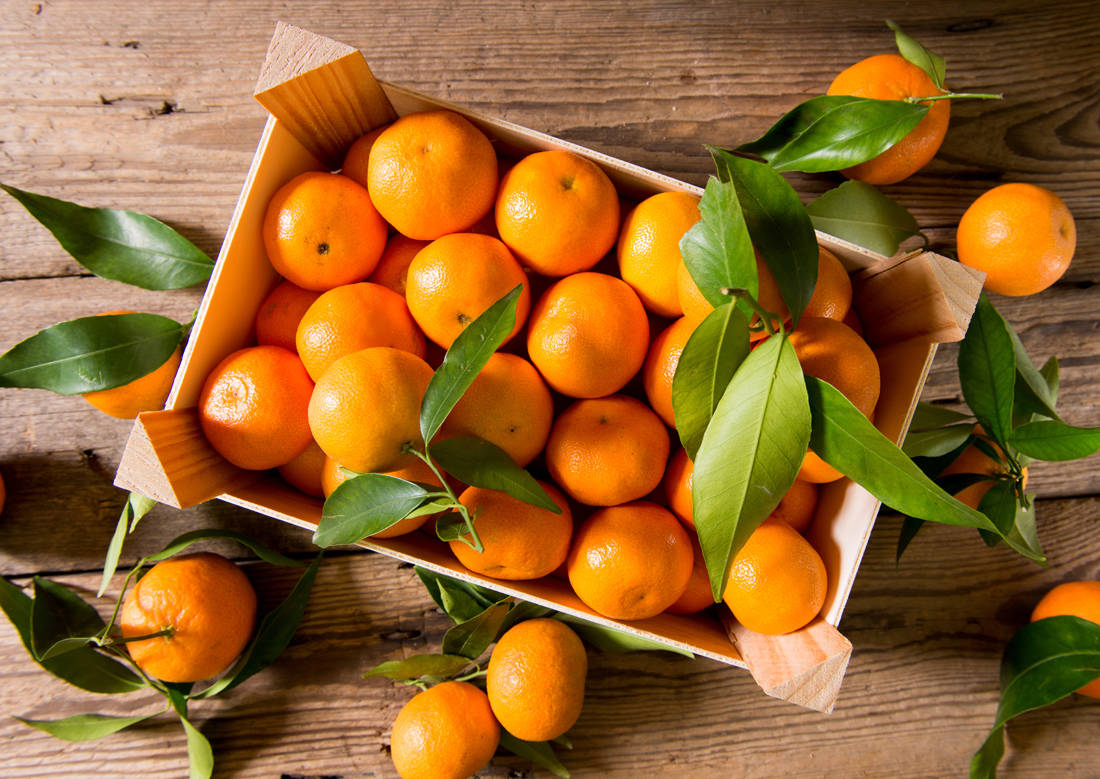
Last September, Brazilians working in the orange collection began watching videos of smiling Dutchmen. Satisfied consumers drank their juice, almost 10.000 kilometers away from where the Brazilians had grown their oranges and harvested their fruit. Their satisfaction motivated them and they sent the growers some selfies in thanks.
Using the Quick Response code - the well-known QR - consumers observed the map of the trip that their juice made to reach their table, saw all the "stops" along the way and what percentage of the juice came from the 29 certified viable cultivated orange groves. And they could send their selfies back to the orange growers.
The idea was simple, according to the BBC. Make a connection between a bottle of juice and its "roots". However, the complications of this simple "link" are much deeper.
The origin of many foods that end up on our table is unknown to the average consumer. It is generally believed that this information behind the product is lost, how could we know which oranges gave the specific oranges for the specific juice or more specific wheat field "gave birth" to a specific loaf of bread.
New technologies and traditional cultivation methods tend to close this information gap between the grower and the consumer. Thus, the demand for better information, on the part of consumers, can change the system from the bottom up.
So far, there seems to be a great demand for this kind of information.
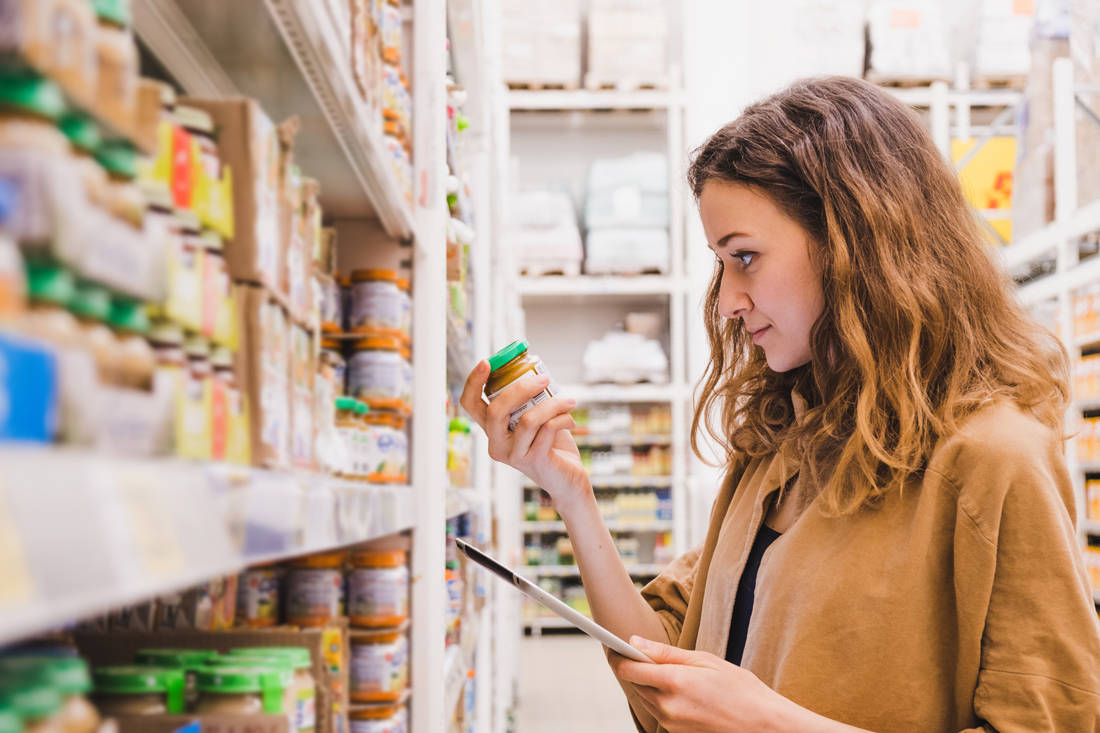
The idea for the QR code came from Albert Heijn supermarkets, which noticed that consumers wanted to know where their products came from. The supermarket group contacted Refresco, the company that bottled the juice, and Refresco in turn approached its own supplier, Louis Dreyfus Company Juice.
"The information was there but it was in the individual systems of the companies, which did not communicate with each other," explains Nicres McDonald, Refresco's communications manager. "We found that consumers were interested in seeing how many oranges their oranges came from, where they came from, and how they were transported to their final destination."
Businesses absorbed the cost, so the path of the orange from the tree to the glass did not change the price of the juice. Consumers were happy and a little surprised when it came to the new QR codes, McDonald explains. Initially there was plenty of selfies although over time the pace slowed down, with the purchase of the second and third bottle. "Now we see consumers in other countries saying, we can also switch to juice from sustainable crops, maybe we can find a way to support the traceability of the product. It is a growing trend, "he comments. "It brings the people who collect the oranges, and they have hitherto been 'invisible', closer to the consumers. And vice versa".
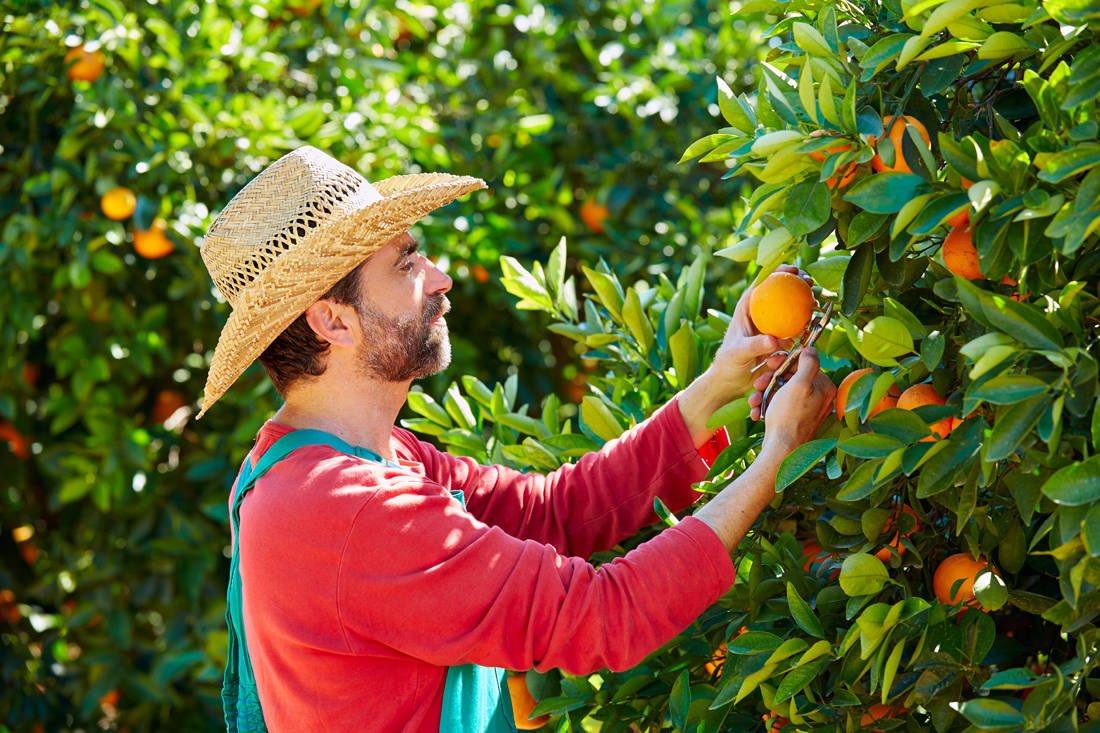
Anyone who has cut oranges from a tree can say that fruits do not always taste the same. They differ depending on the tree, the seasons, the exact location. And yet, on the supermarket shelves one can find orange juice with exactly the same taste, 365 days a year, even when it is snowing outside.
The globalized food production system allows the cultivation of food items wherever there is a suitable climate, and then their collection, packaging and transport to any part of the world that consumers are interested in buying. To find juice with exactly the same taste from one week to the next, a company is likely to mix oranges from different oranges and producers, in order to achieve the ideal balance of sweet and sour. The modern food production system allows access to a wide variety but, when there is a similar preference, to uniformity.
The disadvantage is that in large and complex food chains the information of where a food is produced is "lost" to such an extent that the consumer may not know exactly what fish or meat he eats.
"A package of ground beef can come from hundreds of different sources," says Alexis Bateman, director of the Responsible Supply Chain Lab at the MIT Center for Transportation and Logistics. "There is a lot of fraud in the fish industry, so consumers want to know for sure that they are eating the right fish." All of the above made consumers realize what is really missing from their diet: quality information.
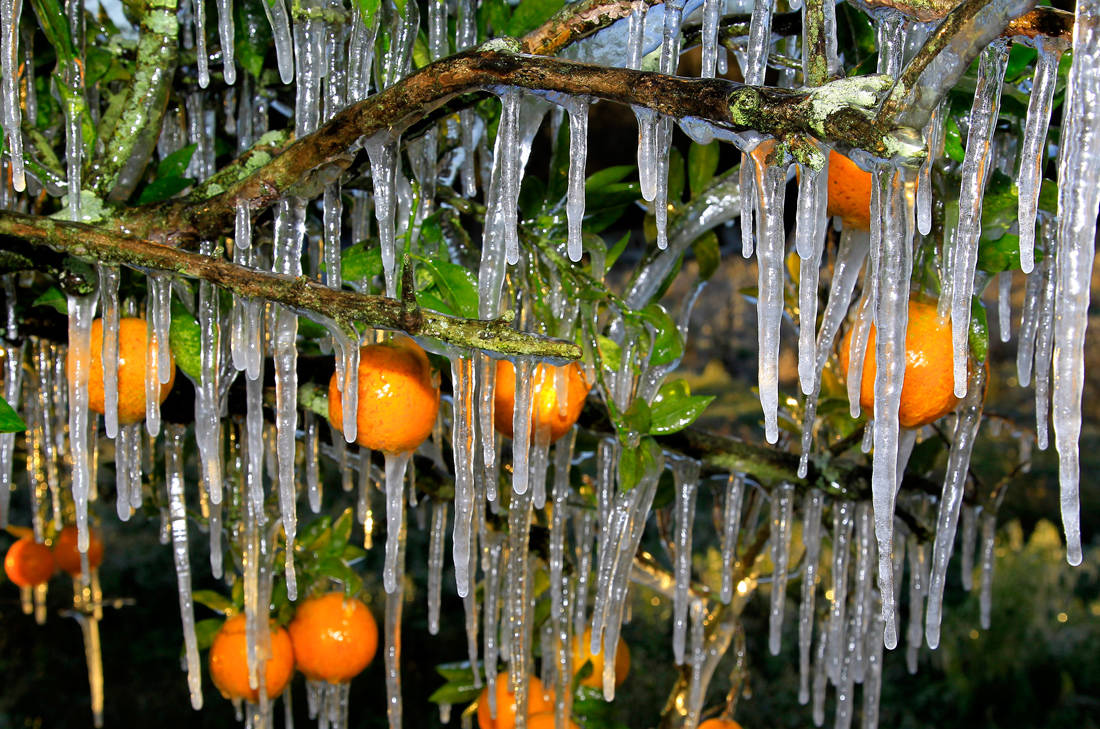
High-profile incidents, such as the 2013 horse-meat scandal involving European beef products, have shown that consumers are more concerned today about the possibility of eating products of unknown origin. "They realize they are more vulnerable than they thought. "It does not mean that our systems are less secure than they used to be, it is the pursuit of information that is growing," Bateman explains.
The truth is that to "follow" a product from the field to the refrigerator, through intermediaries, packaging companies, intermediaries, etc. can prove to be really difficult. Even the final seller may not know where he is coming from. "The problem is that they do not want to give this information until they have a good idea of their own supply chain," Bateman said. "Even if they feel they have good control over their supplier chain and practice good practices, some still do not want access, just in case something happens."
It is typical that a snack like a packaged cookie can contain 18 different ingredients, each with its own unique story. With the exception of certain foods, such as beef, there is no clear indication that most people would pay more or buy more of a food whose origin is fully traceable, Bateman adds. "Until there is a clear competitive advantage in favor of products that give more information about their origin, companies are not willing to deal so much with this sector."
However, Bateman believes that the market is changing, for example the supermarket in her area now has a section dedicated to food of "obvious" origin, something that was not even imagined two or three years ago. "There is this demand and so companies are under pressure to act," he explains.

To record the journey of an orange from Brazil to the Netherlands, juice companies used a tool that most people have associated with bitcoin. Blockchain technology is very useful not only for cryptocurrency but also for recording other information, such as what happens to an orange when cut from a tree.
In such a chain, information is "tied" in the form of "blocks", which are digitally connected and stored simultaneously on multiple computers. Each "block" of information is encrypted so that no one can "tamper" with it during the process. For bitcoin, blockchain records digital transactions. For food, it records information.
"Every piece of information has its time," says Inma Borrella, who coordinates the Blockchain Research Group at the MIT Center for Transportation and Logistics. "It's not an information base to which you can change the data, just new ones are constantly being added. It therefore allows you to keep a record of all the places through which a product passes and all the different bodies with which it has come in contact ".
"There is, of course, the added difficulty of accurately 'translating' a word into the digital world. To ensure that the truth is captured and not some misunderstanding or even a human error ".

Food does not necessarily need a high-tech route to be traceable. In China, things can be very simple, for example a simple trip to an open farm, 70 kilometers from Beijing.
Shi Yan started the farm Shared Harvest in 2012, near Beijing, and today this farm feeds 1000 families. It works with the Community Supported Agriculture (CSA) model, which allows households to receive fruit and vegetables for one year, paying a portion of the amount in advance.
The early payment system means that food consumers share some of the risk with the grower. "Most growers buy seeds and fertilizers for a whole year. This is great for a farmer and it is difficult for the youngest to invest in them. Because consumers pay in advance, they can invest in what they need. And because there is no middleman, we can price our own production. "It gives farmers self-respect and a sense of greater dignity," Shi told the BBC.
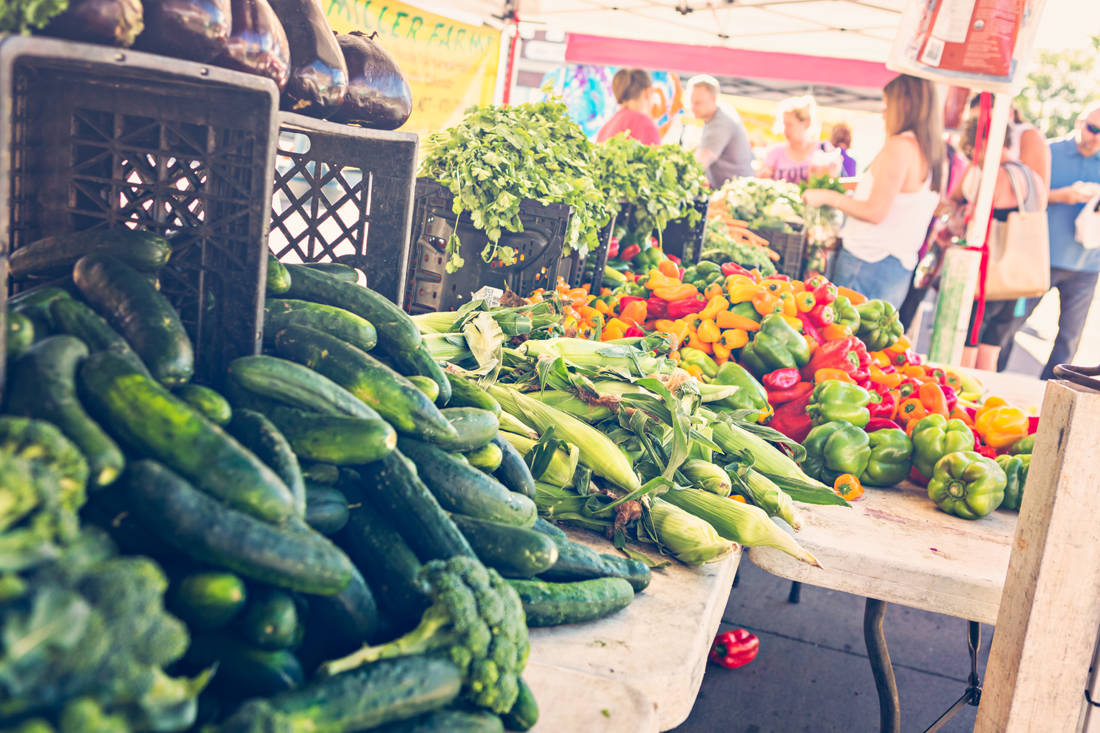
Thus, farmers and households are connected not only financially, but also give consumers the opportunity to visit the crops and make the whole situation more personal. Visitors to Shared Harvest can see the areas and greenhouses where peaches, cherries and other varieties of fruits and vegetables are grown, which are then delivered to households in Beijing. Chickens and pigs are also raised.
"Our consumers know what they eat and how what they eat is produced, so food waste is reduced," Shi added. "Some of our customers have been eating our products for many years, some have raised their children with our production. So the tying is different when they come to visit us. And our growers feel more responsible. "
For their production they combine modern knowledge with traditional Chinese practices. "In China we have a 5.000-year-old agricultural tradition, and our ancestors were involved in so-called organic or sustainable farming. "They knew how to compost everything and use manure."
The goal of Shared Harvest is to integrate the elements of sustainability and sustainability of tradition in the knowledge offered by modern technology. "From the beginning we worked with local elderly farmers, who still remembered what they did when they were young and used little fertilizer or insecticide, and we learn a lot from them," he adds. "Our difference is that we grow more than 80 varieties of vegetables a year, because we use a lot of information from the internet."
According to Shi, the "risk-sharing" model is spreading to China, where more than 1.000 CSA projects are already "running". She does not intend to expand her farm but shares her knowledge through seminars with farmers. He laughs as he remembers participations such as a trainee farmer who presented his degree in agricultural machinery, but has never driven a tractor. "Last year, 107 farmers finished our courses," he concludes.
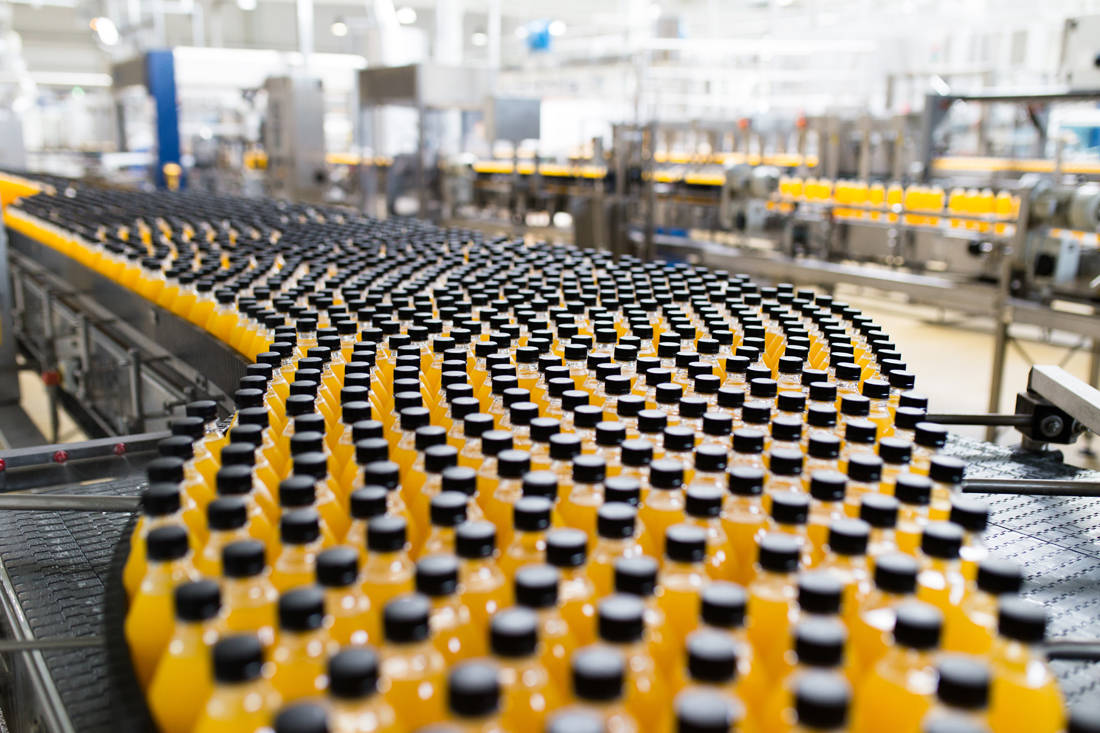
Farms like Shared Harvest can easily provide information to those interested, who just show up there, ask a question and get the answer. It is not so easy for consumers to access the "sources" of their food, so sellers have to decide which part they care about the most transparency. Too much information can make sense, Bateman points out, as some products fill labels with ingredients and sources of origin. "We can look at the grams of a substance, but how much does this consumer care and know how to compare the elements of one product with those of another?"
But consumers are not a single group. They have many, varied and variable requirements. Some do not want additives at all, others worry about water pollution, others want specifications on food labels, some are afraid for food safety or have allergies. Food companies seem to be responding more and more to the desire for less sugar - something that has led, for example, soft drink companies to the supply of stevia products.

Borrella says new technologies can help a lot in making meaningful information available. A DNA test, for example, can identify the species to which it belongs, but at a higher cost. "We have to see if the cost of these analyzes makes sense in relation to the value it returns," he notes. For a diamond, he continues, does it make sense to use the most sophisticated tactics, but for an apple? How do you measure something that is not exactly measurable and comparable?
Although innovations in food tracking may not answer every question, over time they will become more economical and give greater access to transparency. "It's all about economies of scale, if one builds such a tool and it becomes the norm, its price will fall and others will follow," Bateman said. Until then, tracking the route of a food can offer other benefits, such as better quantity management, detection of delays and ultimately reducing food waste. In a world where half is consuming a lot and the other half is hungry, this is undoubtedly a significant gain.
